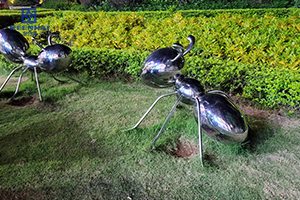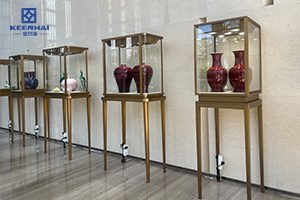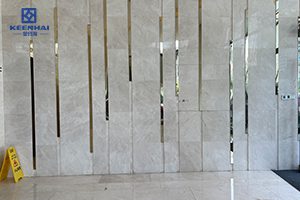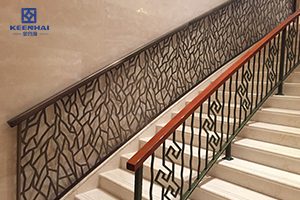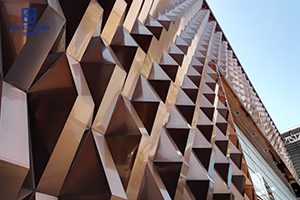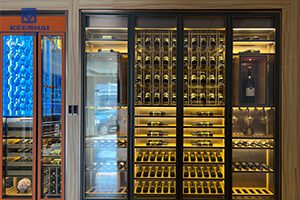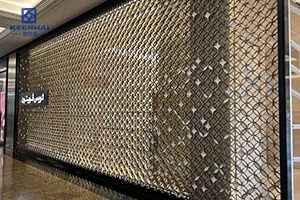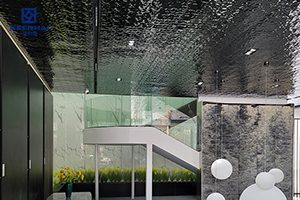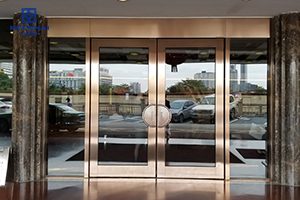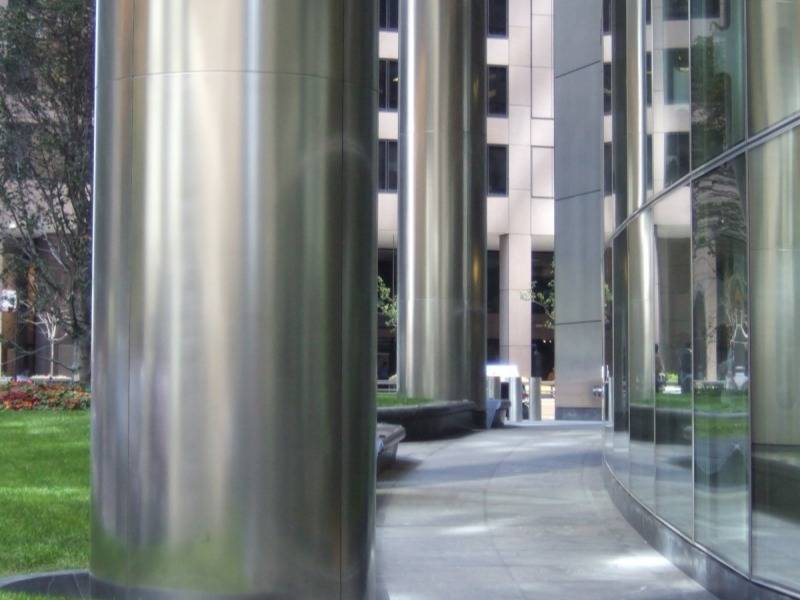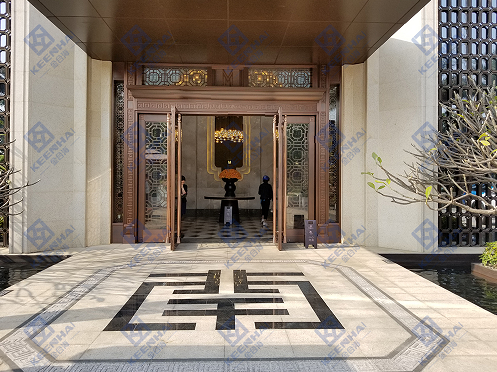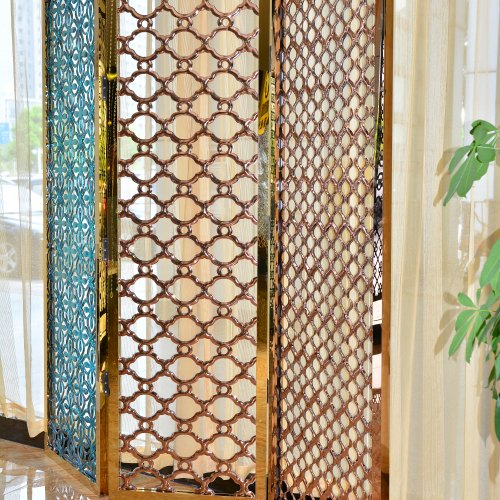Define Stainless Steel
When we try to define stainless steel, it’s essential to understand the key characteristics that set it apart from other metals. Known for its resistance to corrosion, high strength, and aesthetic appeal, stainless steel is used across many industries, from construction to medical fields. This guide will delve into stainless steel’s properties, types, and applications, helping you better understand this versatile material. By examining these aspects, we can fully define stainless steel and its diverse uses in everyday life.
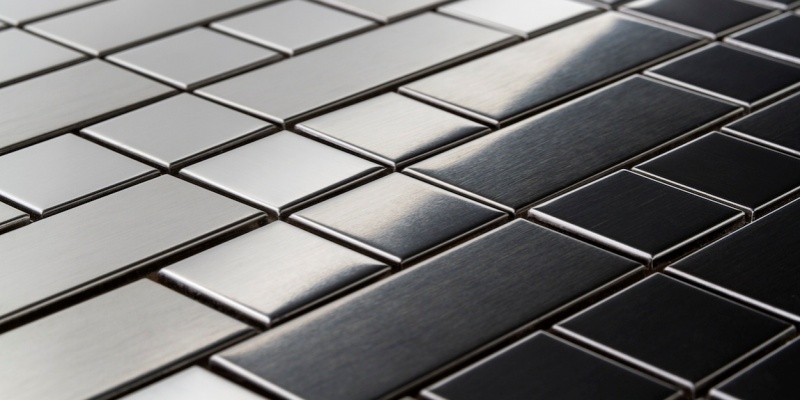
Шта је нерђајући челик?
To properly define stainless steel, we must first examine its composition. Stainless steel is an alloy primarily made of iron and at least 10.5% chromium. This chromium content is what makes stainless steel resistant to corrosion, as it forms a passive oxide layer on the surface. Other elements such as nickel, molybdenum, and carbon may also be included, influencing the steel’s durability, strength, and heat resistance. The unique combination of these elements gives stainless steel its exceptional properties, making it highly adaptable to various industrial and domestic applications.
Properties of Stainless Steel
Corrosion Resistance:
One of the key factors when we define stainless steel is its exceptional corrosion resistance. This quality allows it to endure harsh environments, including marine and industrial settings, where other metals might deteriorate. For instance, stainless steel is used in the construction of offshore platforms and marine vessels, where constant exposure to saltwater would corrode other metals. The chromium in stainless steel forms a protective oxide layer that prevents further oxidation, making it an ideal material for use in extreme conditions.
Durability and Strength:
Stainless steel is incredibly strong, making it ideal for construction, aerospace, and automotive applications. It can withstand significant pressure and impact without losing its shape, which is why it’s so widely used in demanding environments. For example, stainless steel is used in the manufacturing of structural components in high-rise buildings and bridges, ensuring safety and stability even under heavy loads. Its strength also makes it the material of choice for aerospace components, where reliability is critical.
Aesthetic Appeal:
The shiny, polished surface of stainless steel contributes to its popularity in design, particularly in architecture, kitchen appliances, and interior decor. It’s often chosen for its modern and sleek appearance. Stainless steel is widely used in luxury products, such as high-end kitchen appliances and designer furniture, due to its ability to reflect light and enhance the overall aesthetic. Its versatility allows it to blend seamlessly with various interior styles, from minimalist to industrial chic.
Hygienic Properties:
Another reason to define stainless steel is its hygienic qualities. The smooth surface resists bacteria, making it ideal for medical tools, food processing equipment, and areas requiring high standards of cleanliness. Stainless steel’s non-porous surface ensures that bacteria and other contaminants cannot be trapped, making it easier to clean and sanitize. This is why it’s widely used in hospitals for surgical instruments, as well as in food processing plants where cleanliness is paramount.
Sustainability:
Stainless steel is fully recyclable, making it an environmentally friendly option. Its long lifespan further reduces the need for frequent replacements, contributing to sustainability. Many industries are turning to stainless steel as a sustainable alternative, knowing that it can be recycled without losing its properties. This is particularly beneficial in construction, where stainless steel is often used for structural elements that can be reused or recycled at the end of their life cycle.
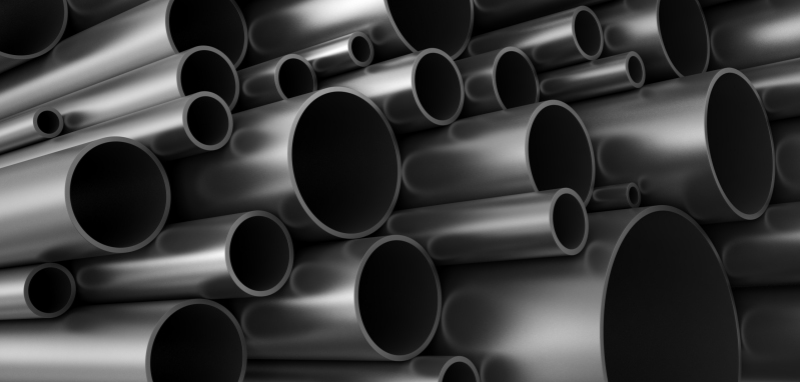
Врсте нерђајућег челика
There are several distinct types of stainless steel, each suited for different applications. To fully define stainless steel, it’s important to understand these variations:
Austenitic Stainless Steel:
Known for its corrosion resistance and high ductility, this type is commonly used in kitchen equipment and medical devices. Austenitic stainless steel is non-magnetic and can withstand high temperatures, making it ideal for both industrial and domestic use.
Ferritic Stainless Steel:
This type is magnetic and offers good resistance to corrosion, and it is commonly used in automotive applications. Ferritic stainless steel is often used in exhaust systems, where its resistance to high temperatures and corrosion is critical.
Martensitic Stainless Steel:
Strong and hard, martensitic stainless steel is used in knives and tools. It is also used to manufacture high-performance cutting tools and surgical instruments, where sharpness and durability are required.
Duplex Stainless Steel:
Combining austenitic and ferritic steel properties, duplex stainless steel is used in highly corrosive environments, like chemical processing. Its high strength and resistance to pitting make it ideal for use in chemical plants, oil rigs, and marine environments.
Precipitation-Hardening Stainless Steel:
This type is designed for high-strength applications such as aerospace, offering superior durability under extreme conditions. It is used in the production of critical components for aircraft and other high-performance machinery.
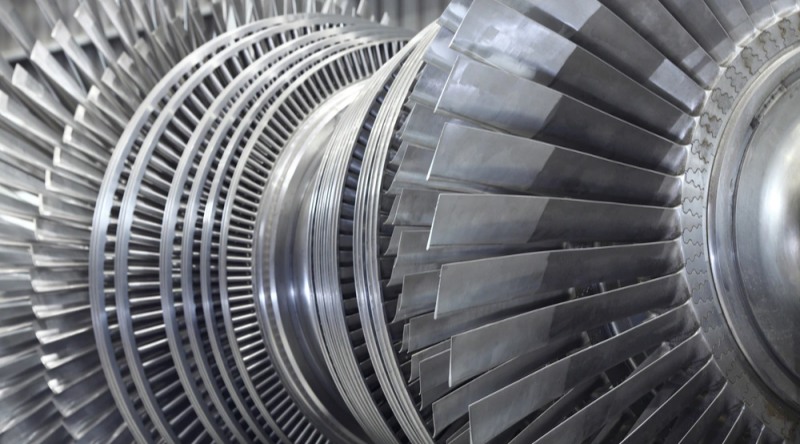
Applications of Stainless Steel
When we define stainless steel, we can see its versatility in a wide range of industries. Here are some of the primary applications:
Construction and Architecture:
Stainless steel is widely used in both structural and decorative elements, such as facades, railings, and cladding. Its durability and aesthetic appeal make it a preferred choice in architectural designs. In skyscrapers, stainless steel is often used for both structural support and aesthetic enhancement, providing a sleek, modern look while ensuring safety and longevity.
Medical Industry:
Due to its non-reactive and hygienic properties, stainless steel is indispensable for surgical tools, implants, and medical equipment in the medical field. Stainless steel is used to manufacture everything from scalpels and surgical scissors to heart valves and dental implants, ensuring the safety and reliability of medical procedures.
Food and Beverage Industry:
Stainless steel is commonly used in the food industry because it doesn’t absorb food particles and is easy to clean, helping to maintain hygiene. Food processing plants, dairy farms, and breweries rely on stainless steel for equipment like tanks, pipes, and mixers, ensuring the safety and quality of food products.
Automotive and Aerospace:
The strength, heat resistance, and lightweight nature of stainless steel make it ideal for use in the automotive and aerospace industries. Stainless steel is used in the manufacture of exhaust systems, engine components, and even body panels, where durability and weight reduction are essential.
Energy and Power Generation:
Stainless steel is critical in energy sectors, especially for components exposed to high pressures and temperatures, such as reactors, pipelines, and heat exchangers. Its resistance to heat and corrosion makes it an ideal material for power plants and oil refineries, where the materials are exposed to extreme conditions.
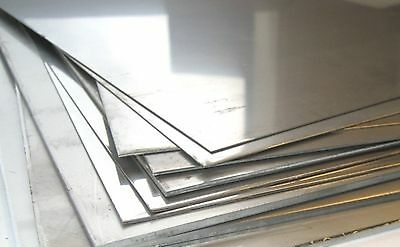
Advantages of Stainless Steel
When we define stainless steel, it’s clear that this material offers numerous benefits:
Low Maintenance:
Due to its resistance to corrosion and staining, stainless steel requires minimal maintenance. This is particularly beneficial in industries where cleanliness and longevity are critical, such as food processing and healthcare.
Long Lifespan:
Stainless steel’s durability means it has a longer lifespan compared to other materials, making it cost-effective over time. Whether used in a building structure or kitchen appliance, stainless steel’s longevity ensures it remains functional for many years.
Versatility:
Stainless steel can be used in various industries and applications, making it an extremely versatile material. Its flexibility in design and performance allows it to meet the requirements of different sectors, from construction to manufacturing.
Eco-Friendly:
Stainless steel is fully recyclable, making it an environmentally responsible choice for many projects. This sustainable characteristic makes it a preferred material in green building projects and environmentally conscious industries.
Challenges and Limitations
Although stainless steel has many advantages, there are some limitations. It can be more expensive initially than other materials, and some types may corrode in environments with high chloride concentrations. However, the long-term benefits of stainless steel often outweigh these drawbacks. Its resistance to wear, high strength, and long lifespan make it an excellent investment in the long run.
Закључак
In summary, to define stainless steel is to understand its remarkable properties, such as its resistance to corrosion, strength, and versatility. This material has proven invaluable across various industries, from construction to medical fields. Whether you’re designing a building, manufacturing medical devices, or creating kitchen equipment, stainless steel remains one of the most reliable materials available. Its unique blend of aesthetic appeal, durability, and sustainability makes it a material of choice for countless applications worldwide. Now that we have fully explored what it means to define stainless steel, we can appreciate the broad scope of its uses and advantages.
контактирајте нас
You can visit our website за више информација или нашу Фацебоок страницу за најновија ажурирања и најважније детаље пројекта. Ако имате било каквих питања или питања о сарадњи, слободно нас контактирајте и радо ћемо вам помоћи!

